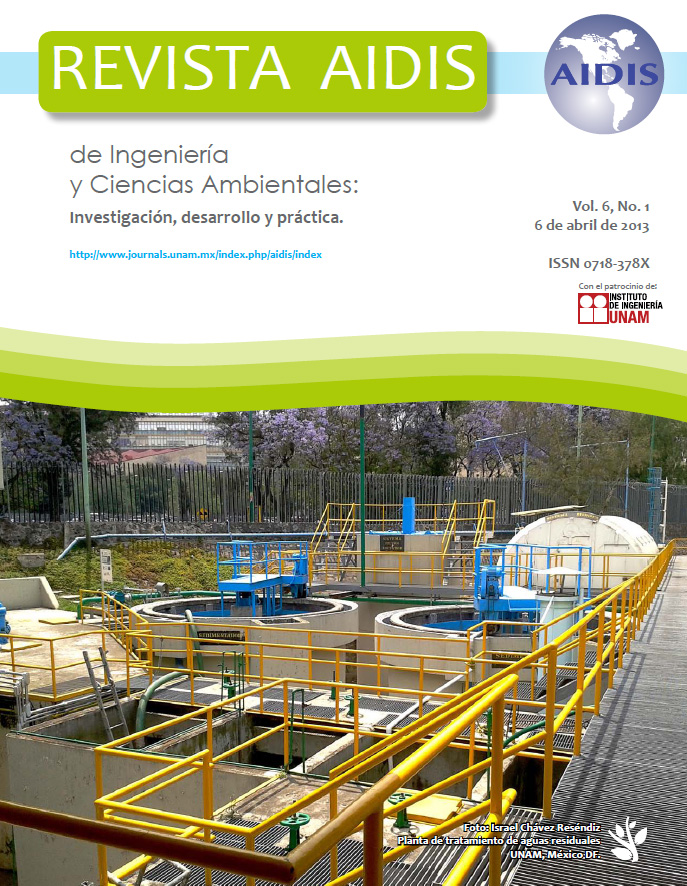HYDRODYNAMIC CAVITATION TO TREAT WATER WITH HIGH CONCENTRATION OF MICROBIOLOGICAL CONTAMINATION INDICATORS
Main Article Content
Abstract
Cavitation is an advanced oxidation process which consists in the formation and subsequent growing and implosion of cavities. The process generates large amounts of energy in a short period of time. Cavitation reactors constitute a widespread application in the area of chemical processing, water and effluent treatment and biotechnologies. The objective of this research was to investigate the effects of hydrodynamic cavitation caused by the use of a high speed homogenizer with an optimized flow rate, operating in continuous mode, in the disinfection of water containing high concentrations of total coliforms (19.33 x 105 MNP/100mL) and Escherichia coli (46.26 x 104 MNP/100ml). The raw water samples were collected and treated in 3 minutes interval, monitoring pressure, temperature, physico-chemical and microbiological parameters, following the general guidelines of Standard Methods for Examination of Water and Wastewater. Results show that the optimization of water flow supplied to the homogenizer has a direct influence in the time necessary to stabilize the boiling water temperature. Hence, cavitation constitutes a promising technology for treating drinking water supplies. Cavitation reduces contaminants concentration, highlighting the decrease achieved for nitrites and nitrates and the complete microorganisms inactivation (total coliforms and Escherichia coli), even for different and high initial concentrations, regardless of the chemical disinfection.
Key Words: Disinfection; Advanced oxidation process; Hydrodynamic cavitation.
